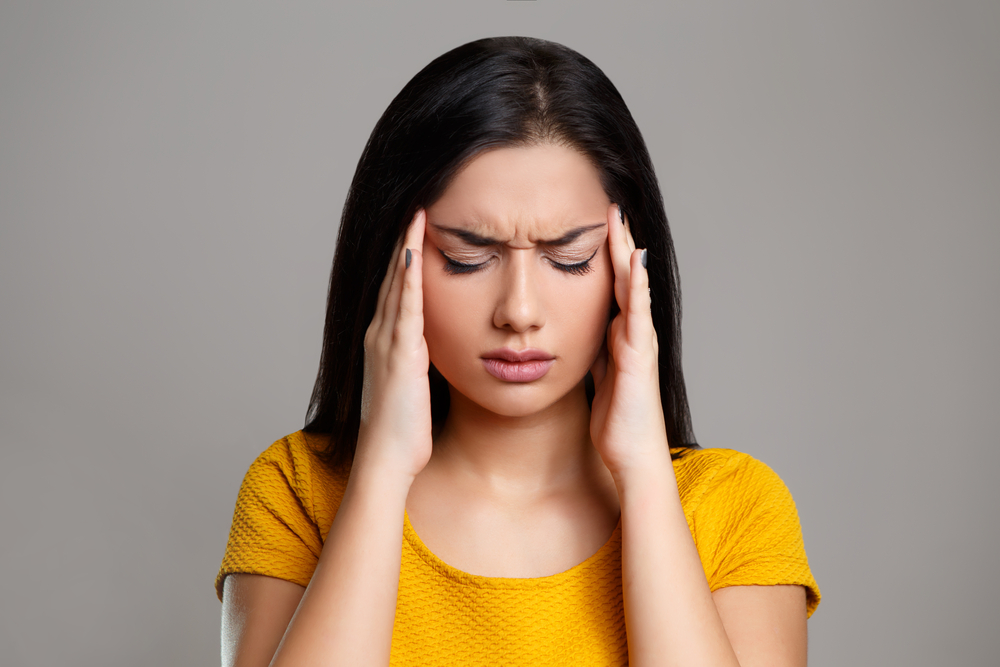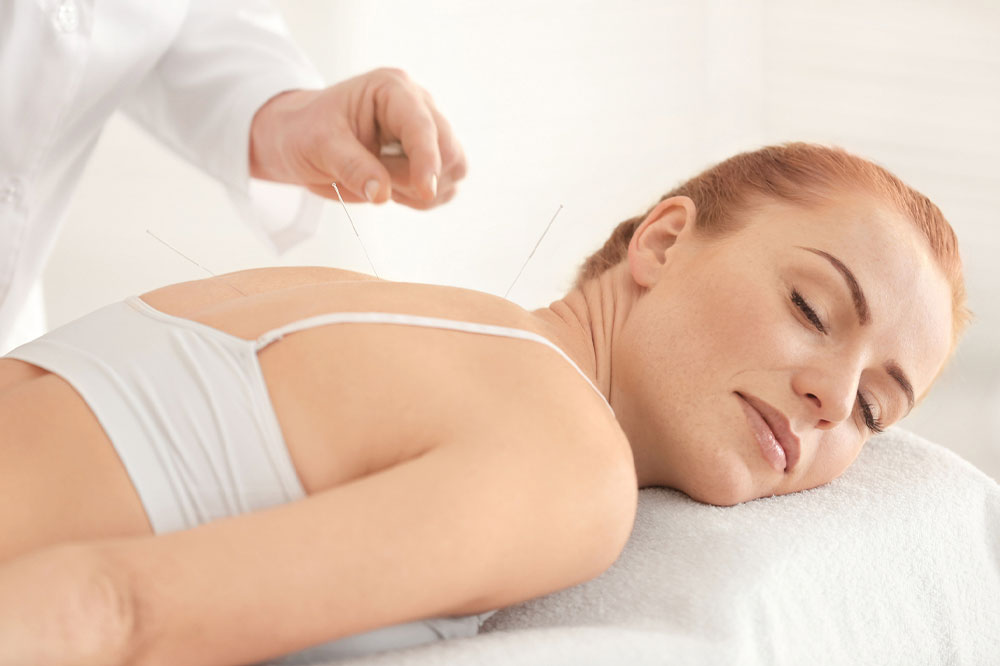Comprehensive Guide to Managing and Preventing Migraine Headaches Effectively
This comprehensive guide explores effective strategies for managing and preventing migraines, including medication options, innovative devices, natural therapies, and lifestyle modifications. Tailored approaches can significantly reduce attack frequency and severity, enhancing quality of life for migraine sufferers.

Comprehensive Guide to Managing and Preventing Migraine Headaches Effectively
Migraines are among the most disabling neurological conditions, characterized by intense, throbbing headaches that are usually localized to one side of the head, often around the temples or behind the eyes. These headaches can significantly impair daily functioning, often accompanied by a host of other symptoms such as nausea, vomiting, sensitivity to light and sound, and visual disturbances like blurred vision or halos. A notable feature is the aura, experienced by roughly 20% of sufferers prior to the onset of the headache, which can include visual flashes or tingling sensations. The duration of migraines varies widely—from a few hours to several days—making effective management crucial for improving quality of life. Despite extensive research, the exact cause of migraines remains elusive. However, many triggers have been identified, including certain foods, stress, hormonal fluctuations, environmental factors, and sensory stimuli like flashing lights or strong odors.
Women are statistically three times more susceptible to migraines than men, often due to hormonal cycles and biological differences. Additionally, individuals with neurological or hereditary conditions such as epilepsy, depression, or anxiety are more prone to experiencing migraines. Fortunately, a broad spectrum of treatments exists, ranging from medications to lifestyle modifications and alternative therapies, aiming to reduce the frequency and severity of attacks and improve patient well-being.
Medications represent the cornerstone of migraine management and include both symptomatic and preventive drugs:
Over-the-counter pain relievers like aspirin, ibuprofen, naproxen, and acetaminophen are often the first line of defense. It's important to use these medications judiciously, as excessive reliance can lead to medication-overuse headaches and gastrointestinal issues.
Triptans such as sumatriptan (Imitrex), rizatriptan (Maxalt), and zolmitriptan (Zomig) are specifically designed for migraine relief, working by constricting blood vessels and blocking pain pathways. Medical consultation is essential before use, particularly in patients with cardiovascular risk factors.
Ergotamines like dihydroergotamine (DHE) and Cafergot are alternative options, particularly when triptans are ineffective. They come in various forms, including nasal sprays and injections but often have side effects like nausea or dizziness.
Preventive medications are recommended for patients experiencing frequent or severe migraines:
These include calcium channel blockers (e.g., verapamil), beta-blockers (e.g., propranolol), certain antidepressants (e.g., amitriptyline), and anticonvulsants (e.g., topiramate). These are prescribed by healthcare providers based on individual patient profiles.
Botulinum toxin (Botox) injections have gained popularity as a preventive treatment, aiming to block pain neurotransmitter release and reduce attack frequency.
Innovations in medical technology have introduced devices that can serve as adjuncts or alternatives to pharmacotherapy, providing non-invasive options for migraine sufferers:
Cefaly is a wearable device resembling a headband that delivers electrical impulses across the forehead to stimulate nerves involved in migraine pathways, potentially reducing attack frequency.
SpringTM employs magnetic pulse therapy at the back of the head to influence brain activity during an attack, offering immediate relief for some patients.
gammaCore is a handheld vagus nerve stimulator placed on the neck, which sends mild electrical shocks to calm nerve signaling associated with pain sensations, thereby reducing migraine severity and frequency.
For individuals seeking natural or alternative options, several therapies provide additional relief and are often used in conjunction with medical treatments:
Biofeedback is a technique that employs sensors to monitor physiological functions like muscle tension, skin temperature, and heart rate. By gaining awareness of these signs, patients learn to control stress responses, which can decrease migraine incidence.
Acupuncture involves inserting fine, sterile needles into specific points on the body to promote energy balance and pain relief. While scientific evidence varies, many patients report significant benefits.
Natural oils, such as lavender and peppermint, are known for their calming and analgesic properties. Lavender oil, in particular, helps regulate serotonin levels, potentially reducing migraine severity, while basil oil's muscle-relaxing effects make it a popular topical remedy.
Lifestyle modifications are critical in both preventing and managing migraines, often complementing medical treatments:
Stress management techniques like meditation, yoga, deep breathing exercises, and listening to calming music can significantly decrease attack frequency by reducing triggers associated with psychological stress.
Sleep and diet regulation are pivotal for migraine control. Maintaining a consistent sleep schedule and avoiding irregular sleep patterns help prevent attacks. Additionally, limiting intake of trigger foods—such as aged cheese, fermented products, processed snacks containing tyramine or MSG—can be beneficial. Proper hydration is equally important, as dehydration can trigger migraines, and reducing caffeine intake is recommended to prevent dependence and rebound headaches.
Hormonal control strategies, including hormonal contraceptives or anti-inflammatory medications, can help women manage migraines linked to hormonal fluctuations during menstrual cycles.
Dietary choices play a significant role. A balanced diet rich in fruits, vegetables, lean proteins, and whole grains supports overall health and reduces triggers. Avoiding alcohol and foods high in artificial additives further decreases attack frequency.
In conclusion, managing migraines requires a comprehensive approach incorporating medications, technological interventions, natural therapies, and lifestyle adjustments. Patients should work closely with healthcare providers to develop personalized treatment plans that effectively reduce the impact of migraines on their lives, improving both daily functioning and overall well-being.





